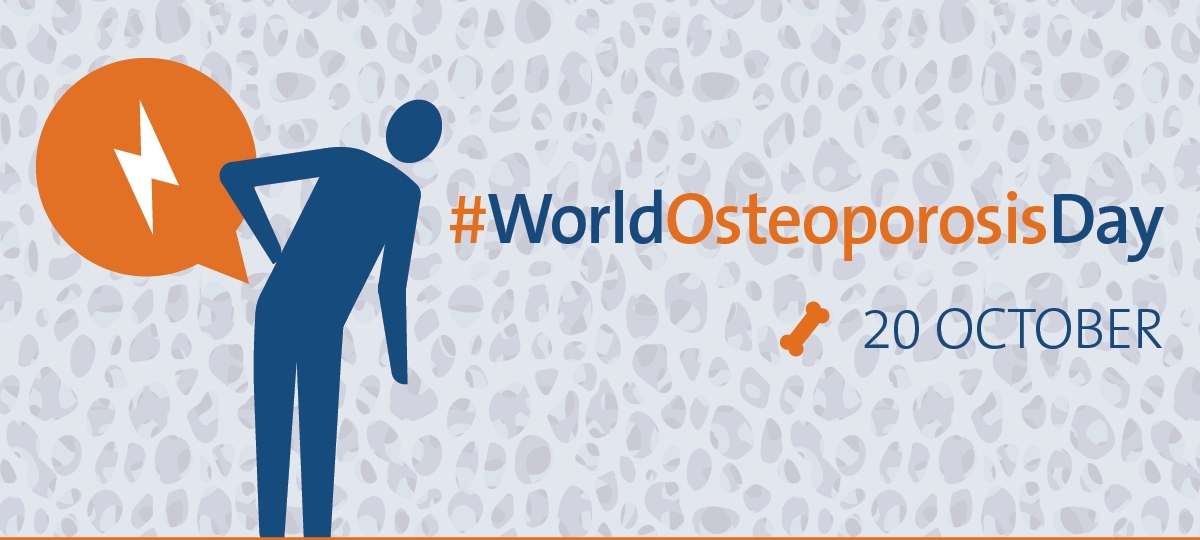Osteoporosis is a common disease that affects around 1.2 million Australians. Osteoporosis occurs when bones lose minerals, such as calcium, more quickly than the body can replace them, causing the bones to become brittle. This leads to a higher risk of bone breakage than a normal bone.
Osteoporosis is thought of as a ‘silent disease’, as it rarely shows symptoms before the brittleness of the bones leads to a fracture. As the bones lose density and strength, a fracture – partial or complete break of the bone – can be caused by a minor bump or fall.
Who is at risk?
2019’s World Osteoporosis Day is focused on men making bone health a priority – “Real men build their strength from within“. Osteoporosis is often thought to be a women’s disease, as women are at a higher risk after menopause. When estrogen levels decrease, the bones lose calcium and minerals at an elevated rate. As testosterone levels lower more gradually, the deterioration of men’s bones may happen at a slower pace. However, there are many factors that can lead to the development of osteoporosis. These include:
- Family history – If family members have a history of osteoporosis or broken a bone from a minor fall or bump, these can be indicators of low bone density.
- Medical history – Low hormone levels, some chronic diseases and some medicines for breast and prostate cancer can increase your risk of osteoporosis.
- Vitamin D and calcium levels – Both vitamin D and calcium are essential for bone health, and low levels put you at risk.
- Lifestyle factors – Low exercise levels, smoking history, extremely low or high weight and excessive alcohol intake all contribute to your risk of developing osteoporosis.
Detection
If you are over 50 and present with any of the osteoporosis risk factors, then it is recommended that you get a bone density scan. This is a simple scan that takes approximately 10-15 minutes. If you are concerned that you may be at risk of osteoporosis, book in with your GP for them to determine if you should be referred for a bone density scan.
Prevention
There are steps you can take to prevent osteoporosis. In addition to living a generally healthy lifestyle, there are 3 main approaches to take to lower your risk of osteoporosis:
- Calcium – Victoria State Government’s Better Health Channel provides you with information on recommended calcium intake for different ages and life stages.
- Vitamin D – Vitamin D aids in the absorption and regulation of calcium, while also supporting growth and maintenance of the skeleton.
- Exercise – To build and maintain bone strength, it is important to focus on the right kind of exercise. Weight-bearing exercise and progressive resistance training both work the muscles and bones sufficiently to increase bone strength.
To find the right exercise regime for your body, you can make an appointment to see Nikki, our exercise physiologist. She is available at our Hastings and Carrum clinics for personal and group classes, depending on your needs.




